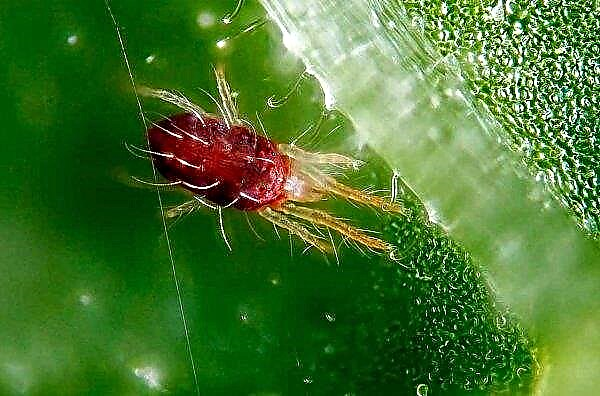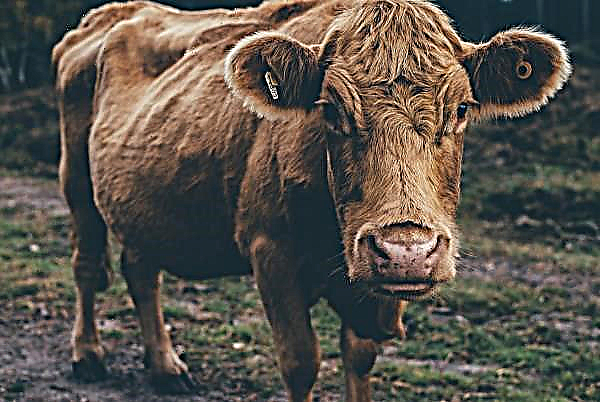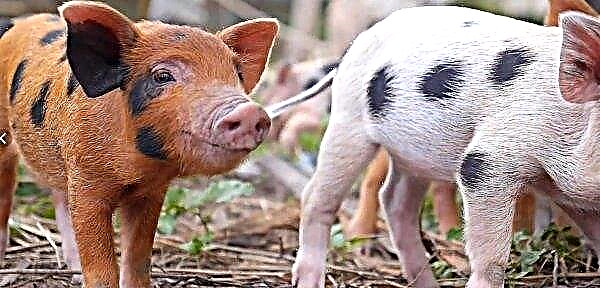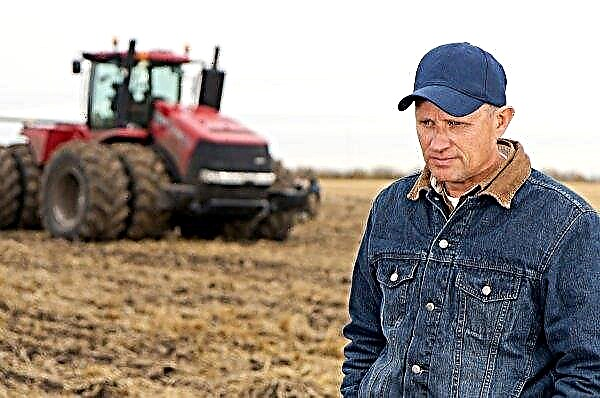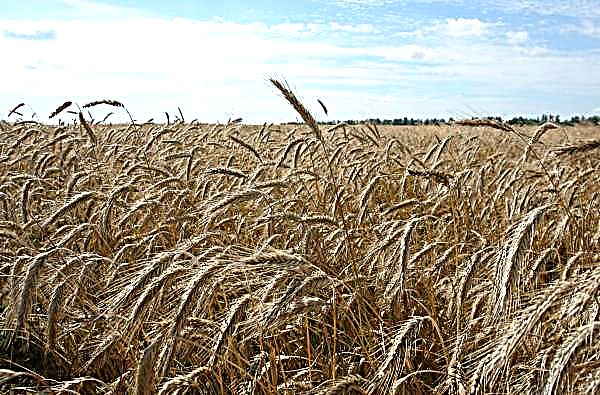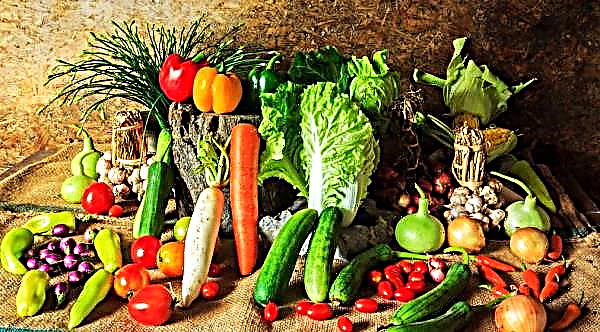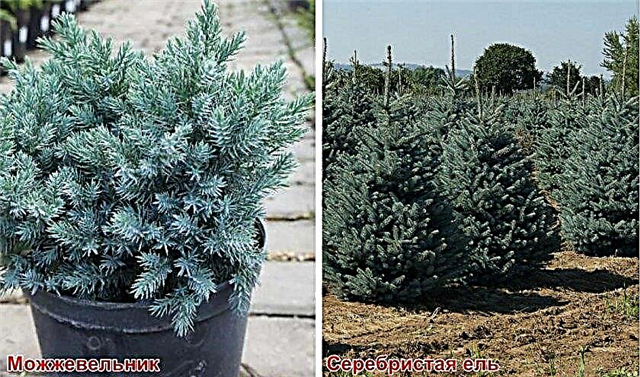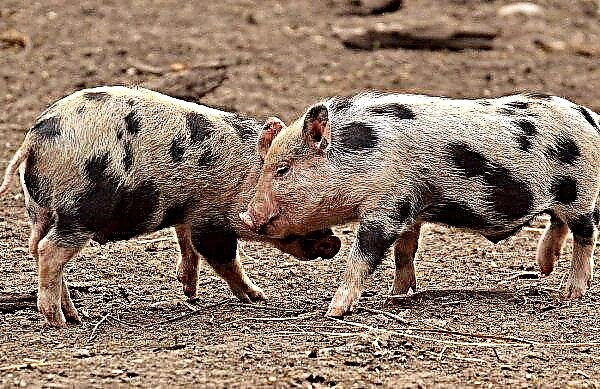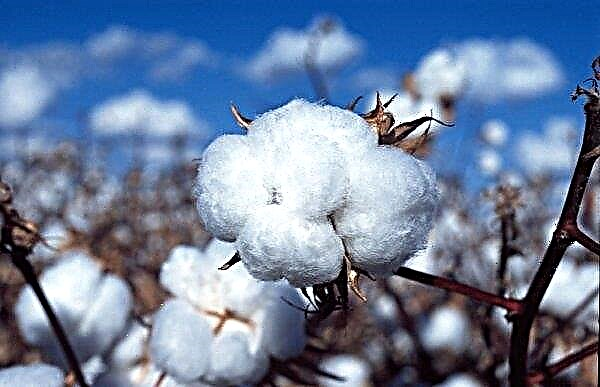The possibility of growing vegetables for most of the year is an interesting prospect for many summer residents, so they readily sow the same plants several times. This also applies to planting radishes, the main thing is to choose the most suitable variety. Is it worth planting it in the fall, how to properly prepare the site and what you should know about the nuances of further care for the culture in this case - you will now find out.
Is it possible to plant radishes in August
When choosing plants suitable for planting, you decide: to sow early ripe varieties or crops with late ripening. For regions with a temperate climate, the option of harvesting twice a day is possible, because if you sow early ripe varieties of radish in April, then in August it will be possible to plant the crop again in the same area.
The winter planting of the root crop does not always guarantee a plentiful harvest, but with the right variety and proper care, the chances of successful radish cultivation are much greater. Simply put, there is no reason to refuse to plant individual varieties of radishes in August, except that with the advent of autumn there is a high probability of early frosts (more typical for the regions of Siberia).
Did you know? The first radish appeared during the Middle Ages, and before that, not only in Europe but also in other parts of the world, its direct relative was cultivated - radish. Apparently, this plant was grown on Egyptian soil before our era, as mentioned on the pyramid of Cheops.
Selection of the best varieties for August
A wide variety of existing radish varieties makes it easy to choose not just one, but several options for planting in August, each of which can be sown at different times of the month. For example, such large varieties of radish will be suitable varieties for the first decade of the last summer month:
For the last decade of August or in the first month of warm autumn, it is preferable to plant shoot-resistant varieties: All of them are suitable for cultivation in the middle climatic zone, but for cultivation in the northern regions you will have to take care of additional shelter for growing root crops in case of early frosts.Features of growing radish
The process of growing radishes consists of several important stages, but first of all you will have to take care of the proper organization of the seat and preplant preparation of seed material.
Soil preparation
For any kind of radish, light loamy soils with a slightly acidic reaction (pH 5.5–7.0) will be preferable. In areas with high soil acidity, the probability of infection of the fruit with a fungal disease of the keel is significantly increased. For varieties with elongated root crops, the thickness of the arable layer, which should be about 18–20 cm, is no less important.
As for the precursor plants most suitable for radish, when choosing a site, first of all, you should pay attention to the beds with cucumbers, tomatoes, early varieties of potatoes and legumes. But after which you should not plant radishes, it is after radish, cabbage, watercress and other representatives of cruciferous. All of them have similar diseases and suffer from the same pests, which, preserved in the ground, can greatly harm the emerging shoots of young plants. After harvesting the precursor plants, it is necessary to dig the soil on the site, while removing all weed vegetation and the remaining rhizomes of any plants. To increase soil fertility, it is useful to add to the substrate 25–35 g of ammonium nitrate and superphosphate, 35 g of potassium sulfate, which should be enough for 1 m² of territory. For highly depleted soils, it will be useful to fertilize with organic substances (humus or rotted compost), at the rate of 1 bucket per 1 m² of land.
After harvesting the precursor plants, it is necessary to dig the soil on the site, while removing all weed vegetation and the remaining rhizomes of any plants. To increase soil fertility, it is useful to add to the substrate 25–35 g of ammonium nitrate and superphosphate, 35 g of potassium sulfate, which should be enough for 1 m² of territory. For highly depleted soils, it will be useful to fertilize with organic substances (humus or rotted compost), at the rate of 1 bucket per 1 m² of land.
After digging and fertilizing the substrate, the bed must be carefully leveled and loosened to a depth of 18–22 cm (for long-fruited varieties, the depth can be slightly increased). Having finished with the mechanical preparation of the substrate, it remains only to moisten the soil well by sprinkling the area.
Important! Watering the soil from a hose or, moreover, leaving it on the site without control is extremely undesirable, because with excessive moisture the soil will only compact, and radishes will not like it. In addition, a strong jet of water can wash out a substantial part of the nutrients from the substrate, without which the formation of large radish fruits cannot be achieved.
Seed selection and preparation
In order not to make a mistake with the choice of planting material and purchase only high-quality seeds, buy them only in trusted stores, whose employees will be able to confirm their quality with relevant documents at any time.
A day before the proposed sowing, all seeds must be carefully sorted and sorted by size. It is believed that friendly shoots can be achieved only on specimens about 3 cm long, although in this case too much depends on the proper preparation of planting material. 24 hours before placement on the garden bed, it should be kept in water or a damp cloth for at least a day, and a few hours before the procedure, additionally soak in hot water to protect them from various diseases.
24 hours before placement on the garden bed, it should be kept in water or a damp cloth for at least a day, and a few hours before the procedure, additionally soak in hot water to protect them from various diseases.
After warming up, do not forget to cool the seeds and treat them in a growth stimulator (for example, Epin-Extra).
Sowing technique and norms
Understanding when it is best to plant radishes a second time, it is worth considering this possibility at the beginning or end of August. To perform the procedure, it is advisable to select a wet and cool day, so that natural humidity accelerates the germination of planting material. Compared to spring radish crops, in summer this process provides for the organization of sparse plantings, especially if you chose a variety with large fruits.
In addition, try to ensure that all plantings are well lit by sunlight. The seeding rate is 110–130 units per 1 m² of territory, while maintaining free space between rows of 40–50 cm. At least 5–7 cm should be left between adjacent plants. The technique of the procedure (regardless of specific timelines) provides for the following set of actions:
The technique of the procedure (regardless of specific timelines) provides for the following set of actions:
- The organization of furrows in the designated places, with a depth of no more than 2.5–3 cm (based on the variety).
- Seals the bottom of the furrows and their watering.
- Placing inside the seed wells, observing the distance between adjacent specimens (approximately 5-7 cm) Seeding of seeds with loose soil (without excessive compaction).
Important! Always avoid planting radish seeds too deep. It not only complicates their germination, but also contributes to the formation of ugly fruits of irregular shape.
Seeds of the same size should be placed in one row, which will ensure the emergence of friendly shoots of young plants, despite the fact when exactly you decided to plant them.
Care Features
Caring for radishes planted in August provides for the implementation of standard measures: timely watering and top dressing, cultivating row-spacings for air exchange, and pest and disease control.
Watering and feeding
Until the first young radish sprouts appear on the surface of the soil, you will have to monitor the absence of crust on the bed. Often its appearance is associated with an excessive amount of introduced liquid or prolonged rains.
For the first time, the soil under the radish is moistened immediately after sowing the crop, after which the aisles are mulched with sawdust, needles and mowed grass, which help preserve moisture and prevent the appearance of crust. The optimal frequency of radish irrigation (if there is no natural rainfall) is 1 time in 2-3 days.  If in the preparation of the landing pit nutrient minerals have already been used, then you can not worry about further fertilizing the culture. True, on highly depleted soils, it is still useful to use fertilizers, the role of which is also suitable for slurry diluted in water in a ratio of 1:10.
If in the preparation of the landing pit nutrient minerals have already been used, then you can not worry about further fertilizing the culture. True, on highly depleted soils, it is still useful to use fertilizers, the role of which is also suitable for slurry diluted in water in a ratio of 1:10.
Also, 20–25 g of superphosphate and 10–15 g of potassium sulfate can be added to it, which will be quite enough for 2-3 m² of plantings. If after a month it seems to you that the radish is developing worse than usual, then you can use a small amount of ammonium nitrate (1 g per bucket of water) to feed.
Soil loosening
Loosening the soil in the row-spacings provides better air flow to the root system of plants, without which its full development is impossible. It is best to perform this procedure a day after watering, when the substrate absorbs the irrigation fluid as much as possible and becomes more malleable. In any case, do not deepen the used tool too deep, otherwise there is a high probability of pulling out young and immature plants.
Pest and Disease Control
When winter radish is grown, the cruciferous flea, which is most often found on plantations, becomes the biggest problem for the gardener. To protect your crop from this insect, it is easiest to cover it with a moisture- and breathable shelter, which must be removed only during watering and ventilation. This should be done until the seedlings are stronger, and their tops are not coarsened. Dense parts of the plant are not so attractive to the pest, so you can not worry about their safety. Use chemicals in the fight against cruciferous fleas is not worth it. An ordinary mustard powder can help cope with the pest, which must be scattered in small amounts between the rows. For the same purposes, you can use hot ground pepper and its mixture with mustard powder (for 1 m² it is enough to take 1 teaspoon of each substance). At the end of the procedure, it is useful to cover the plantings with covering material, thereby creating something like a small greenhouse.
Use chemicals in the fight against cruciferous fleas is not worth it. An ordinary mustard powder can help cope with the pest, which must be scattered in small amounts between the rows. For the same purposes, you can use hot ground pepper and its mixture with mustard powder (for 1 m² it is enough to take 1 teaspoon of each substance). At the end of the procedure, it is useful to cover the plantings with covering material, thereby creating something like a small greenhouse.
Did you know? The first mention of mustard recipes dates back to 42 BC. e.
Collection and storage rules
How you can plant seedlings or sow radish seeds is probably known to many, but to enjoy the harvest as long as possible, it is equally important to know about the rules for its storage. Harvesting root crops is organized as they ripen, right up to the frosts themselves. It is best to perform this procedure in the morning, the day after the evening wetting of the substrate.
All collected plants should be immediately cut off the tops, and the root crops themselves should be stored in a basement with an air temperature not exceeding + 1 ° C. It is useful to sprinkle each layer of the crop with sand, which will limit the contact of the fruits and prevent their rotting under the influence of moisture. With a small number of root crops, they can be stored in a refrigerator, but before that, be sure to rinse each of them in cold water, dry and only then place in the vegetable compartment. In such conditions, radishes are stored no longer than a month. In general, there is no need to rush to collect the fruits planted in August in the first autumn month. They are perfectly preserved in the soil, without loss of taste, almost until winter.
It is useful to sprinkle each layer of the crop with sand, which will limit the contact of the fruits and prevent their rotting under the influence of moisture. With a small number of root crops, they can be stored in a refrigerator, but before that, be sure to rinse each of them in cold water, dry and only then place in the vegetable compartment. In such conditions, radishes are stored no longer than a month. In general, there is no need to rush to collect the fruits planted in August in the first autumn month. They are perfectly preserved in the soil, without loss of taste, almost until winter.
The general rules for caring for radishes do not depend on the specific time of planting, so whether you decide to plant crops in the spring or follow this procedure in August, in any case you will have to follow the requirements for watering, fertilizing and caring for the soil. Only in this case, you can get a plentiful crop of high-quality and large fruits.

